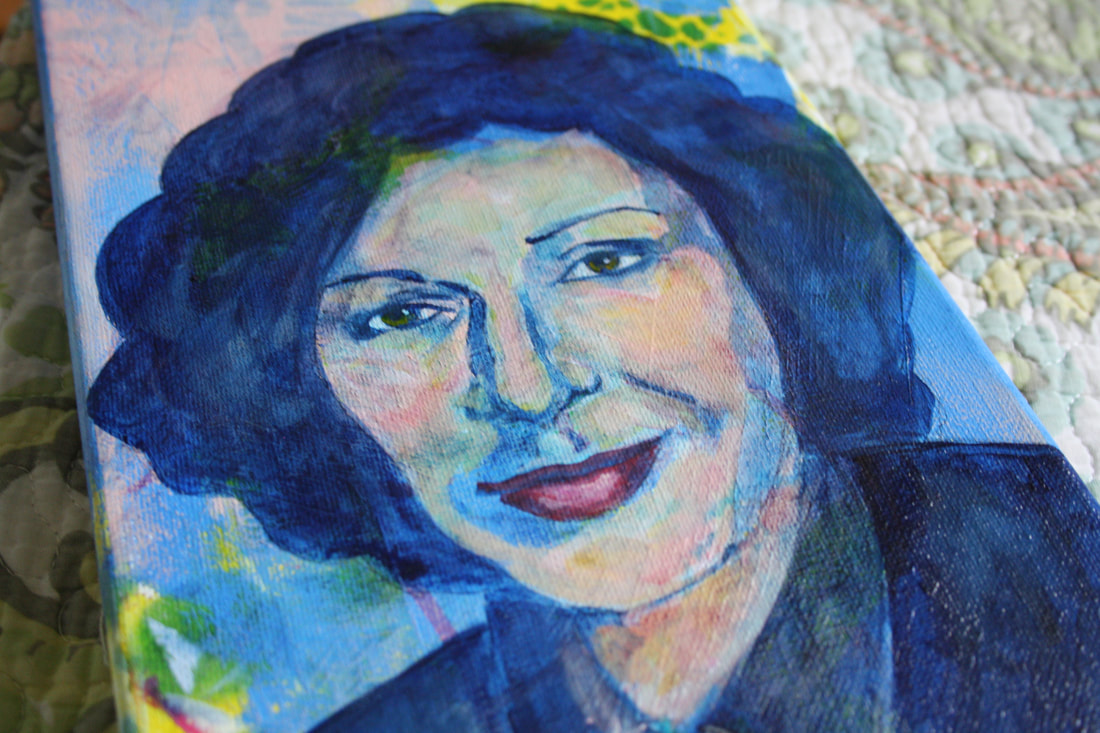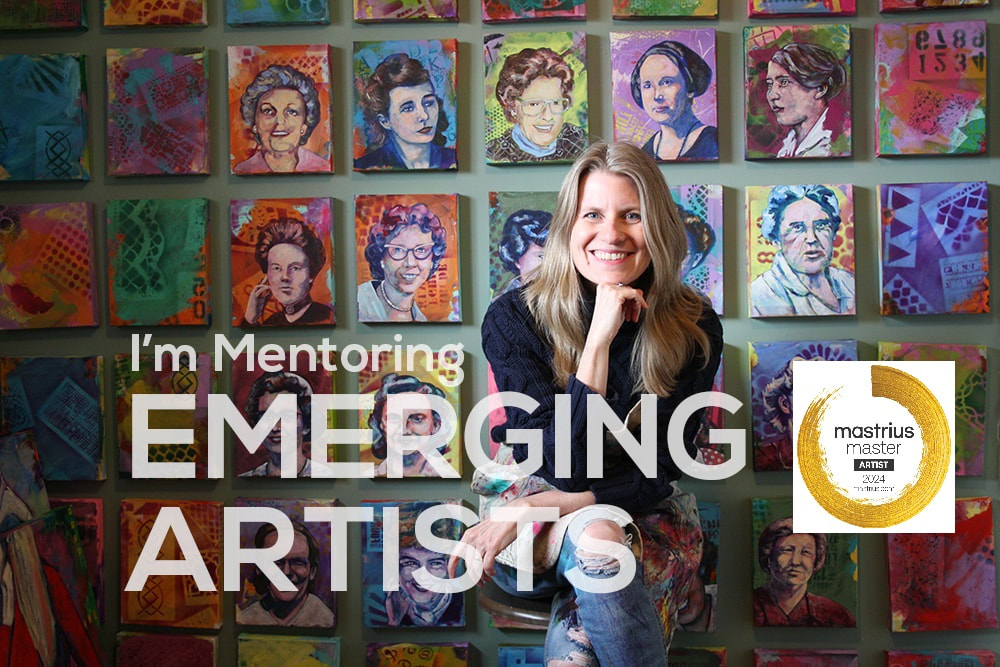I don't care if I'm understood. I just don't want to be misunderstood. Barbara Frum’s name will forever be associated with the CBC. Indeed, the celebrated journalist and broadcaster enjoyed huge popularity, first as one of the original radio hosts of the magazine show As It Happens, and later and as one of the founding cohosts of CBC TV’s The Journal.
The Niagara Falls, NY-born Frum studied history at the University of Toronto, where she began freelance work in radio and magazine writing. One of her first regular gigs turned out to be fortuitous: in 1971, she began interviewing newsmakers on As It Happens, the fledgling radio show that often took unusual angles on current events. With her sardonic wit and sharp intellect, Frum soon became an audience favorite. She remained with the program for 10 years, until she departed to help launch The Journal, a program that would make her face as recognizable as her voice had already become. The Journal was a way for CBC to enhance the weeknight broadcast of The National. On Jan. 11, 1982, The Journal would debut at 10:22 p.m., with Frum and Mary Lou Finlay as cohosts. The show would touch on any and all manner of Canadian life, or delve into international affairs through a Canadian lens. After the first year, Finlay would move on, with Frum left as the sole host. Frum was the iconic face of a program that a generation of Canadians will remember for its depth and focus. For nearly a decade, Frum interviewed countless newsmakers and celebrities – from Canadians like Margaret Atwood to global leaders such as Nelson Mandela – all the while keeping her own political views private. When asked about her mother’s politics, Linda Frum (herself a journalist) suggests that her mother may have started with more liberal-centrist views, but became more conservative as she grew older. ‘[My mother] had a high sense of calling, and she was intellectually fearless,’ says Linda Frum, who in 1996 would pen a critically acclaimed book about her late mother called Barbara Frum: A Daughter’s Memoir (Random House). ‘She worked in journalism without an agenda,’ says her daughter. As well as her daughter Linda, Frum spawned another journalist, David, a National Post columnist. Barbara Frum’s peers at the CBC recall someone whose professionalism was matched by her humanitarianism. ‘I recall her incredible generosity,’ says Ruth-Ellen Soles, who worked as the publicist for The Journal for its entire 10-year run. ‘She was constantly helping people. When one of our coworkers had a wife who was terminally ill, Barbara paid for their dream: to take one last trip away together. We only learned about her kindness later – she wasn’t doing it for recognition.’ As well as keeping her politics private, Frum also kept her leukemia under wraps. At one point, she was given six months to live. She would succumb to the illness 18 years later, on March 26, 1992. ‘Barbara had a way of reaching out to people,’ recalls Soles. ‘She was incredible with the viewers and felt it important that all of her mail was responded to.’ Frum was made an officer of the Order of Canada in 1979, and the atrium in CBC’s Toronto building has been named in her honor. ~ Matt Hays, Playback Comments are closed.
|
|




